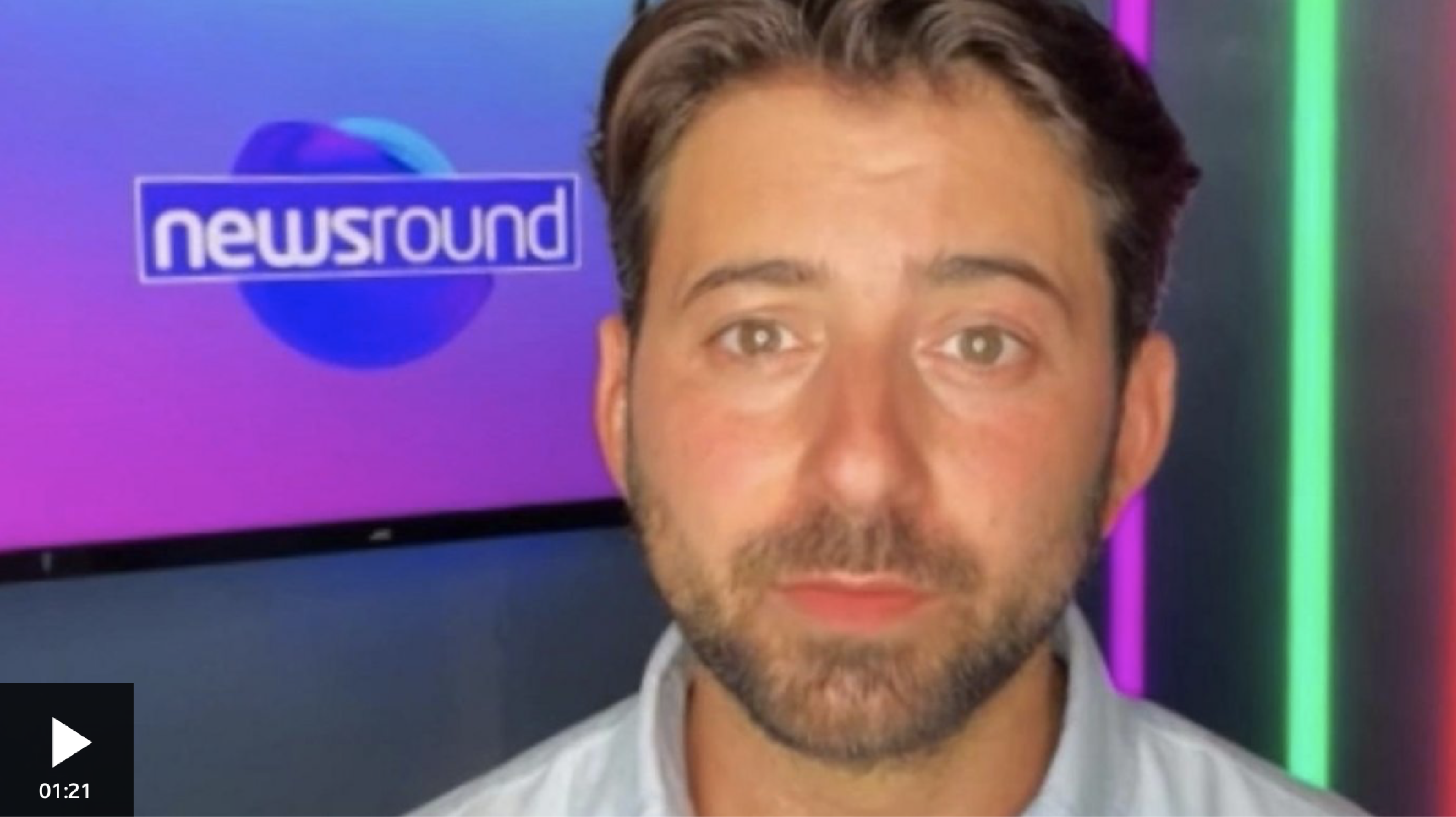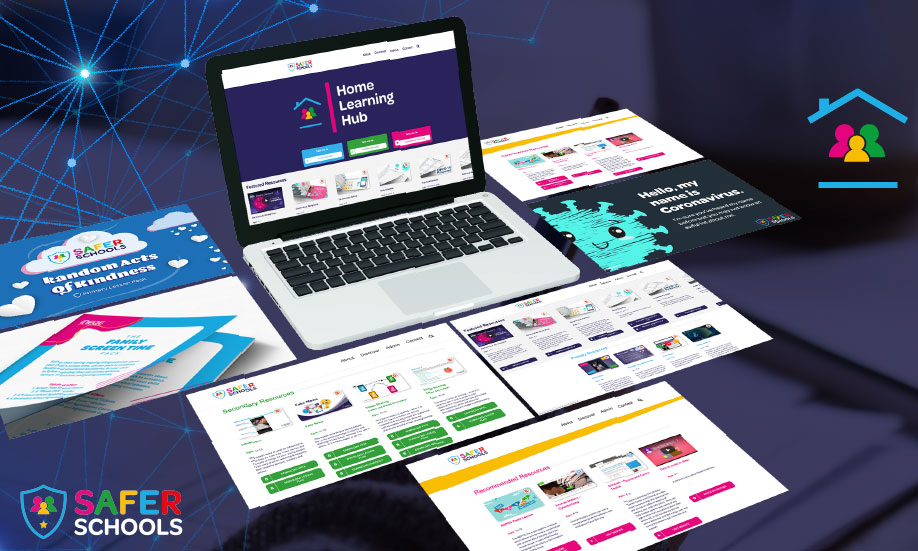Last Updated on 29th May 2025
Read Time: 3.9 Minutes
29th May 2025
News travels fast in the digital age and social media can accelerate the spreading of details and commentary which can often be biased, unreliable or even harmful. When world events happen that involve violence or other harms, it is impossible to control the news that children and young people are exposed to.
Such events can be particularly upsetting for children and young people. Misinformation and the amplification of sensationalist voices on social media can heighten their anxiety and fear.
It is crucial to address these events appropriately and sensitively with children, as they may be scared and have questions after encountering a story online or hearing about it from peers.
Top Tips for Addressing Distressing News Events With the Children and Young People in Your Care:
Further Resources
Join our Online Safeguarding Hub Newsletter Network
Members of our network receive weekly updates on the trends, risks and threats to children and young people online.















